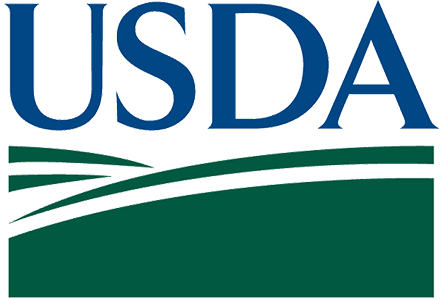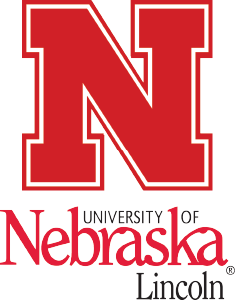AG2PI Field Day #29 - Wednesday February 21, 2024
UAS Community & Plant Stress Ontologies - AG2PI "Coconut" Grant Outcomes
Wednesday February 21, 2024
10:30 - 12:00 PM
(US Central Time)
Purpose
Discussion of outcomes from two AG2PI "coconut” seed grant projects as one works to build a UAS community and the other builds common language for plant stress responses and adaptations.
Registration
Register for the virtual event by clicking the link below. Upon registration, you will receive a confirmation email with information about joining the meeting
Field Day RegistrationField Day Recording
Field day recording is now available, click the button below to launch and watch the recording
Watch Field Day RecordingChat Questions
Questions directed to the speakers placed in the chat can be viewed by clicking the button below
See Chat QuestionsFacilitating Community in Unoccupied Aerial Systems Knowledge, Communication, and Data Processing
Unoccupied (Unmanned, Uncrewed) Aerial Systems (UAS) also called drones, are tools that can provide field-based phenotyping and phenomics derived insights into plant breeding, biology, genetics and agronomy. The goal of our project is to advance knowledge and activities through promoting UAS data collection, processing, analysis, and community discussions. This project is working to ease the learning process of beginners using UAS tools, as well as sharing the advancements of experienced users on the forefront of innovation and discovery.
Presenters

Dr. Seth Murray is a Professor and Eugene Butler Endowed Chair in the Department of Soil and Crop Sciences at Texas A&M University. His research focuses on phenomics & quantitative genetics methodologies and applications to his applied public corn breeding program.

Jose L. Landivar Scott is a Senior Research Associate at Texas A&M AgriLife Research and Extension Center.

Dr. Mahendra Bhandari is an Assistant Professor at Texas A&M AgriLife Research and Extension Center. His research focuses on the intersection of remote sensing, agronomy, and data analytics for crop phenotyping and precision agriculture.
Plant Stress Ontology: Data Standards & Knowledge Graph
Plant stress refers to any environmental or biological factor that impairs the normal functioning and growth of a plant. The species agnostic reference Plant Stress Ontology we are working on will provide a standardized way to describe and classify different types of plant stresses, their manifestation, measurements, observations, affected plant parts and growth stages, and curated images, phenotype data tables and known molecular interactions. Adoption of this new framework will provide consistency in annotation and data collection in phenomics projects, enable open discussion on sharing information about plant stress responses observed/recorded by different research groups and improve interoperability among online databases.
Presenters

Dr. Pankaj Jaiswal is a Professor in the Department of Botany and Plant Pathology at Oregon State University. His research focuses on studying the processes of flowering time and seed development in plants.
Chat Questions
 Can you improve your statistical significance or prediction accuracy by incorporating environmental data.
NASA? What sources and types of environmental data do you use?
Can you improve your statistical significance or prediction accuracy by incorporating environmental data.
NASA? What sources and types of environmental data do you use?
 Why putting so much emphasis on plant height than on yield per se? For sure, grain filling has a
high correlation with yield. Also, are you using common genotypes across environments to would allow
to standardize/correct for the different dates of flight?
Why putting so much emphasis on plant height than on yield per se? For sure, grain filling has a
high correlation with yield. Also, are you using common genotypes across environments to would allow
to standardize/correct for the different dates of flight?
easy. Four years later we finally had a handle on it (it was not as
easyto operationalize in a breeding program as the previously published one off demonstration articles had made is seem). Yield is obviously super complicated. We need to crawl before we run. The best approach to predict yield from drone data is phenomic prediction. The insights we have gained in the interim from plant height to phenomic prediction of grain yield have been transformative! To date only a few of us have attempted this - lots will be coming out in the next three to five years based on conversations with breeders interested in adopting these tools. We have chosen a data set (2020-2021 G2F) that uses common genotypes across environments only to eliminate different genotypes as a confounding variable. Using the same genotypes does NOT allow to standardize/correct for the different dates of flight, because the phenome is a function of G+E+GxE+other measurable stuff+error unique to each minute, hour and day. The way we are attempting to standardize so environments can be compared is using modeling, Area under curve (AUC), and/or Functional Principal Component Analysis (FPCA - pretty different from PCA because of time addition).
 For small grains with flexible stems in windy sites. Are orthomosaics a drawback any other approaches possible?
For small grains with flexible stems in windy sites. Are orthomosaics a drawback any other approaches possible?





